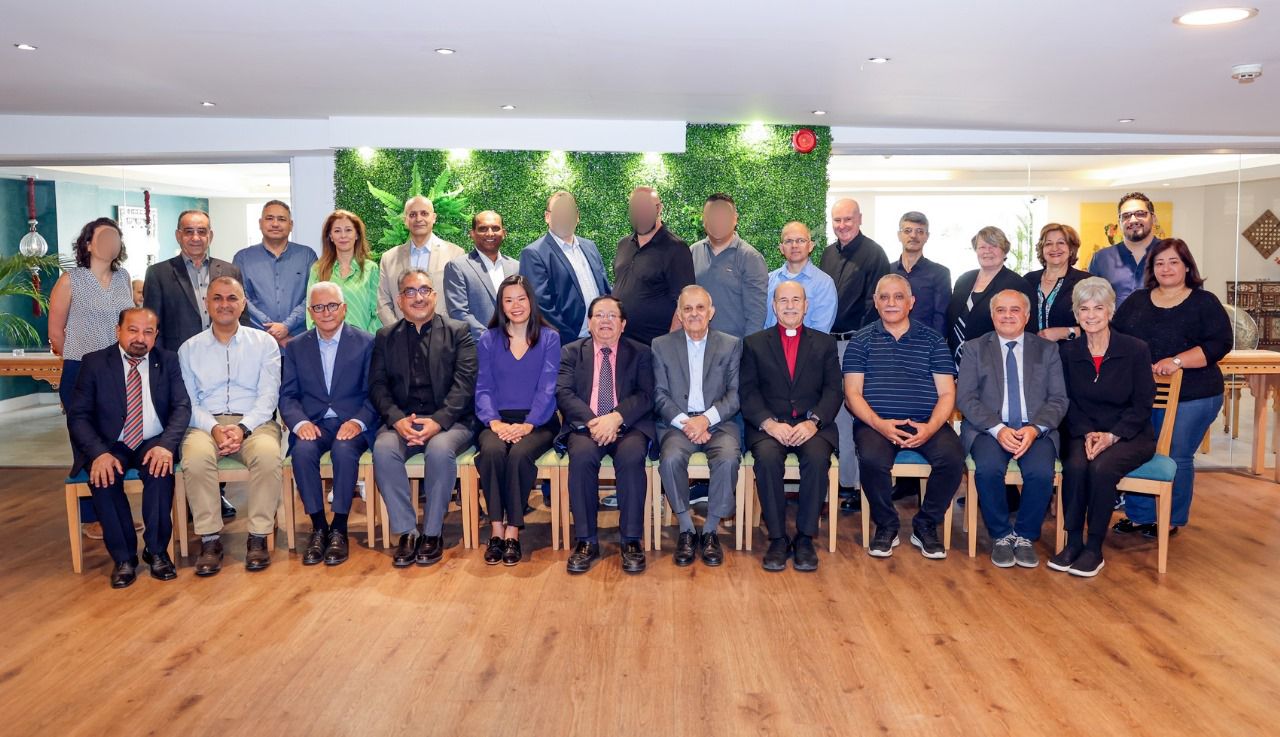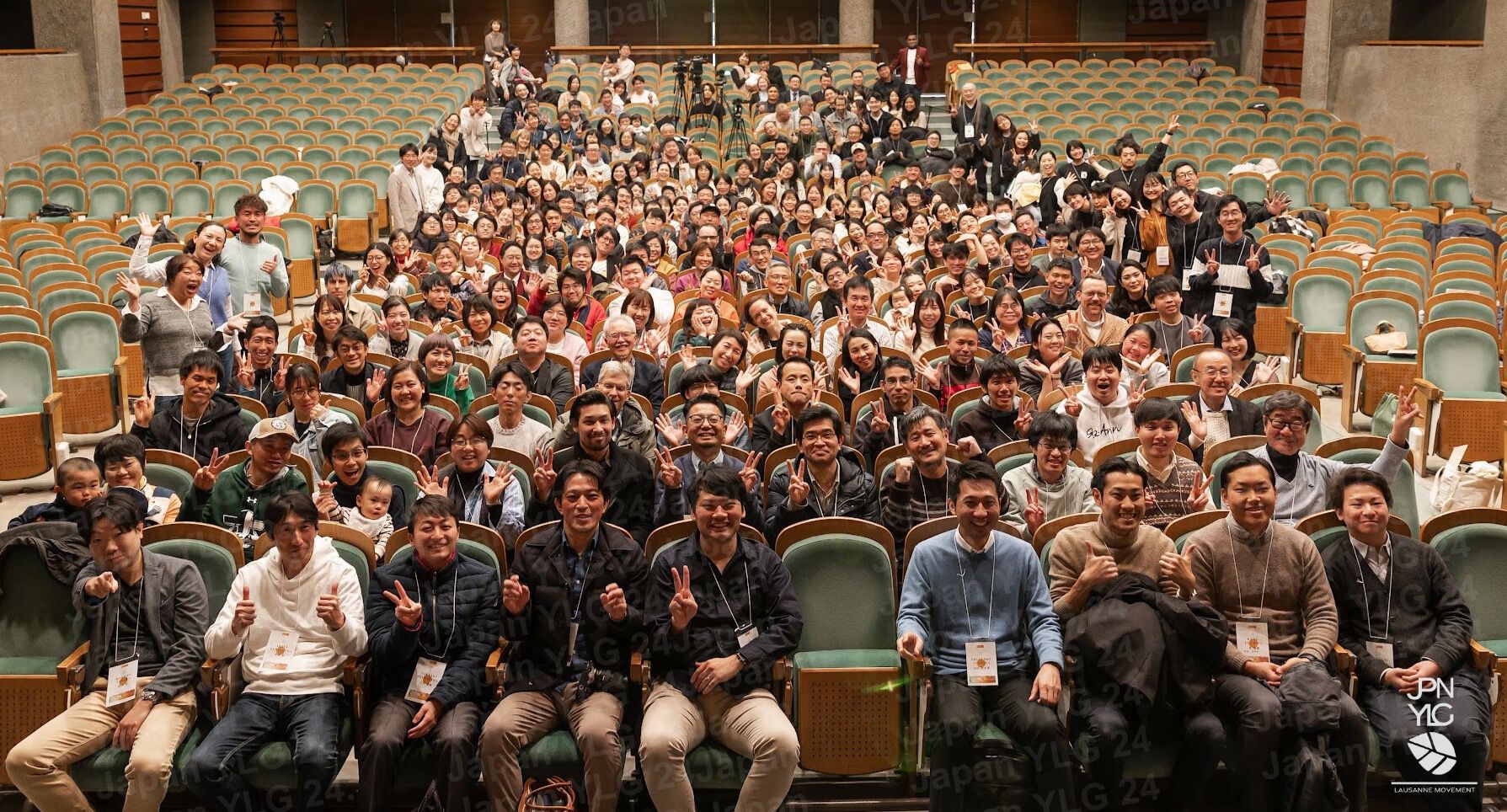
I bit my upper lip and peered through misty eyes as I left the Genocide Museum in Kigali, Rwanda. That this post-card perfect central African nation could have experienced a holocaust seemed impossible. Yet, there it was.
People-dehumanizing. Culture-destroying. Soul-demonizing. Life-demolishing. And all to a people whose history – prior to colonization – was a model of national harmony. In 100 days of 1994, 20 percent of all Rwandans in the country died; seventy percent of Tutsis perished.
I thought I had a reasonable hold on the why of slaughter: tribal hatred and warfare. Not unlike some neighboring countries where intra-tribal animosities had flared up in raids and killings now and then.
What stopped me cold was its history. This was not typical tribal warfare between the Hutus and Tutsis. The cause of the genocide was conflict between social classes, not ethnic groups. Yes, there had been rivalries, but nothing in Rwandan history could have predicted this savage butchery.
The key to unlocking this horrific slaughter of a million Tutsis and moderate Hutus is the historic role of its European masters. As they sought to divide and conquer, they drove a wedge between peoples who for centuries had lived as one. The Hutus and Tutsis are a people with the same language and culture beginning in the 11th Century: the Tutsis (cattle ranchers) from Ethiopia and the Hutus (farmers) from Chad. Today it is impossible to detect differences in dialect. Physical characteristics are so washed out by intermarriage that Rwandans themselves can’t distinguish by appearance. Genetics show no difference. This historic merging into one identity was ripped apart, especially by the Belgians, who took control in 1919.
Some Tutsis were given government jobs and generally more highly regarded, while the very name “Hutu” became synonymous with “servant.” Of the seven million citizens, 85 percent were eventually classified by ID documents as Hutu and 15 percent as Tutsi.
Their colonial masters had decided to force a division. One means was to create identity cards which registered each person by “race.” While in fact just one race existed, the cards drove down into the self-conscious awareness of each citizen that they were of a “race.” And why this procedure? By dividing them into social classes, and in using the historic names of “Hutu” and “Tutsi,” the colonists set one group against the other. They divided and conquered, a trick as old as Cain and Abel.
With the power of government the Belgians used every tool at their disposal. The ID cards in time pressed Rwandans themselves to buy into this preposterous lie of personal identity. While one could not tell the difference between groups by appearance, genetics, language or culture, the government now had its list, a bureaucratic maneuver used by other countries to identify those they might want to discard or promote.
But 1994 wasn’t the first holocaust in Rwanda. In 1959 some 300,000 Tutsi were slaughtered and a million fled into neighboring countries, living in exile. In 1962 Rwanda won independence from Belgium and in 1963 the UN appointed France as its protector.
In the 1980s and early’ 90s, the ruling party began to manipulate public opinion. Tutsis were increasingly seen as the bad guys. Radio station RTLMC was established with the sole purpose of instilling hatred among the Hutus, poisoning their minds against Tutsi families, neighbors and co-workers.
In January 1994, in the French magazine Kangura, journalist Henry Ngeze wrote of the Tutsi, “We . . . say to the Inyenzi [cockroaches] that if they lift up their heads again, it will no longer be necessary to go fight the enemy in the bush. We will . . . start by eliminating the internal enemy . . . they will disappear.”
General Romeo Dallaire, the Canadian heading up the UN peacekeeping force in Rwanda, pled with his UN masters for authority to step in. He was refused. He later told us at a prayer breakfast in Toronto that when he shook hands with the leaders of the genocide, he knew he was “shaking hands with the devil.” However, even the French who were militarily responsible, either disregarded the mounting killing surge or had no idea of its reality. Then the fuse was lit.
On April 6, 1994, Rwandan president, Juvénal Habyarimana, a Hutu, was flying into Kigali along with neighboring president of Burundi, Cyprien Ntaryamira, also a Hutu. They were killed by a mortar shell that blew the plane out of the sky. Current president Paul Kagame who ran the Rwandan Patriotic Front (RPF) claimed it was Hutu extremists. Who knows?
But within three months a million Rwandans died: in Kigali led by the Presidential Guard, an elite group of the army, and in the country led by a militia called Interhamwe. People were raped, shot, ripped open, cut down, nails driven into skulls, heads bashed in. Many thousands of skulls can be seen in places of memorial.
As numbing as was our visit to the museum in Kigali, it was our time in the village of Nymata, a half hour from Kigali, which pressed on me the fury evil can create. Here, in one day, 12,000 were slaughtered in a church and its surrounding compound. Over 1,000 had jammed into the church while another 11,000 crowded around, all seeking sanctuary, yet all to be crushed. We walked between rows of church benches, piled high with clothes worn by those who perished that day. A similar scenario of people seeking refuge and yet being cut down was played out in fifty-three churches. In another church, priest Athanase Seromba had convinced people to hide in his church and then ordered bulldozers to push in the walls. Those who escaped were killed. Seromba now is serving a life sentence for genocide.
But our encounter with these unbelievable horrors was not over. Led downstairs in the Nymata church, we stepped down to a special below-level room constructed towards the back of the building. We first saw what we were becoming accustomed to: rows upon rows of skulls and bones. Some five feet down was a casket, white silk covered with a cross on its cover. Our guide Leon told us the story.
Mukandori Annonciata was twenty-six years old, reportedly a beautiful Tutsi woman who, though often invited to marriage, had refused. As the wave of killings swept the region, she was targeted, but they had a special means of death for her. Sharpening a long stick, her murderers inserted it in her vagina and pressed until it poked out her neck. Then they left her to die.
In time, her death became the symbol of calculated evil. In 2007 authorities decided it was time to remove the spear and give her a special place of honor and rest. Our emotions were raw as we viewed her casket, imagining the utter terror and pain of that killing moment. I fought my imagination in its attempt to visualize her frenzied murderers, hungry for annihilation of a people they had been told were their enemies.
It was within the shambles of Rwanda that gradually peace and reconciliation began to emerge. But let it not be forgotten that a European power, prided in its culture and religious heritage, crafted a social experiment, used it to undermine social unity, and manipulated its false social division. And by so doing, opened the doors to great evil. The demonic never travels solo.
Yet within this people, historically one though divided by its European overseers, in time a seed forced from its protective shell, shot out its rootlets gathering strength, enriching itself from the soil of faith, refusing to stay within the paradigm of victimhood, rather seeing hope and reconciliation as its way forward.
Prepared for leadership was a young Tutsi, forced out of the country in 1959, converted and zealous for Christian transformation and peace. Now an Anglican bishop, in time he would be called on to lead the nation in finding a place of reconciliation.
In this brief dispatch I am reminded that this delta of horror had many contributing streams. Do your own reading and research. I continue to struggle with the age-old question, Where is God in all of this? What I saw – and will discuss in my next Dispatch – are people who have chosen to forgive or confess, determined that hope will rule in their lives and country. Here is an important reminder, when we see tragedies developing, pray for those God will use in that moment and following.
Brian C Stiller
Global Ambassador
World Evangelical Alliance
dispatchesfrombrian.com





Stay Connected